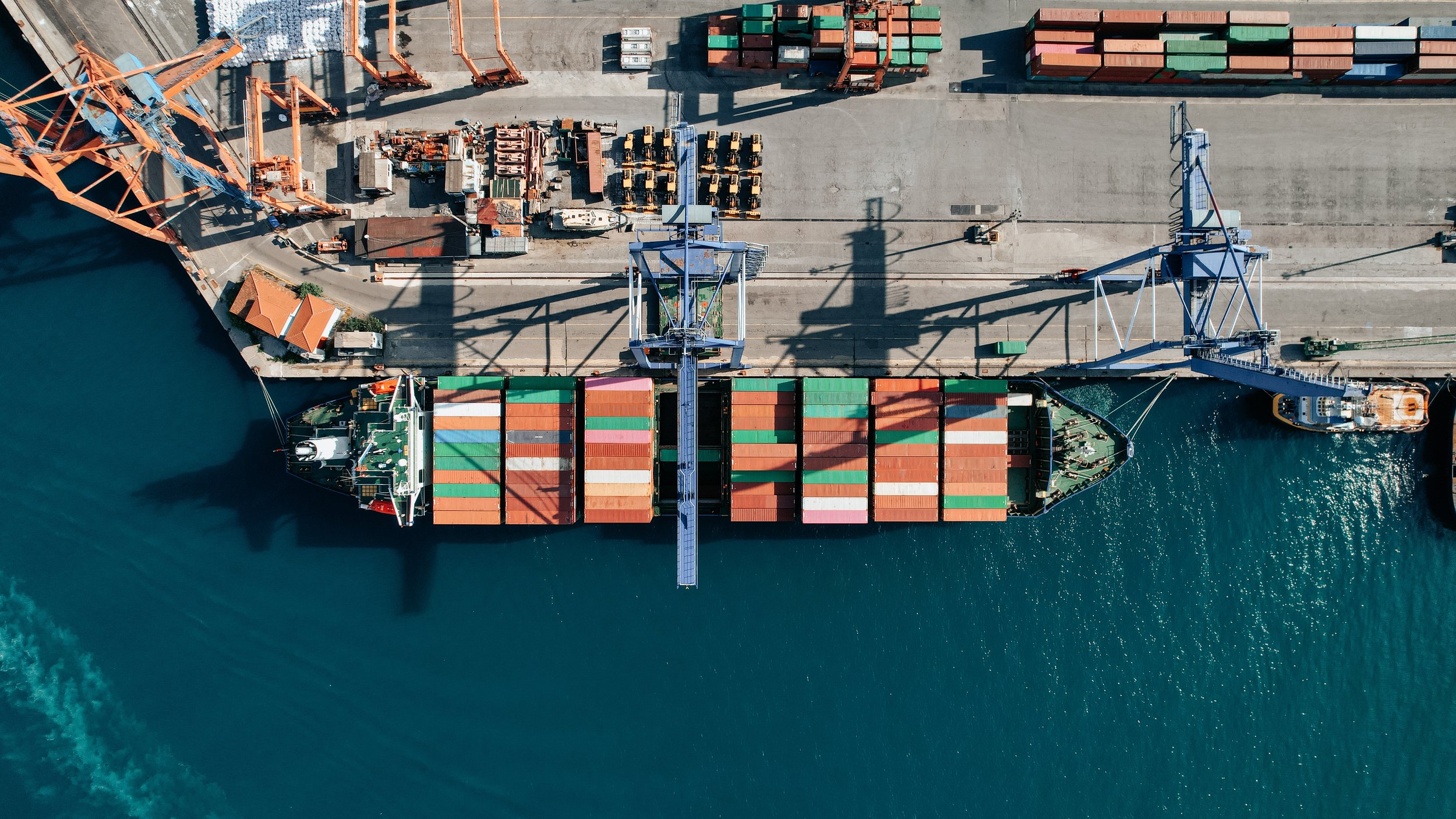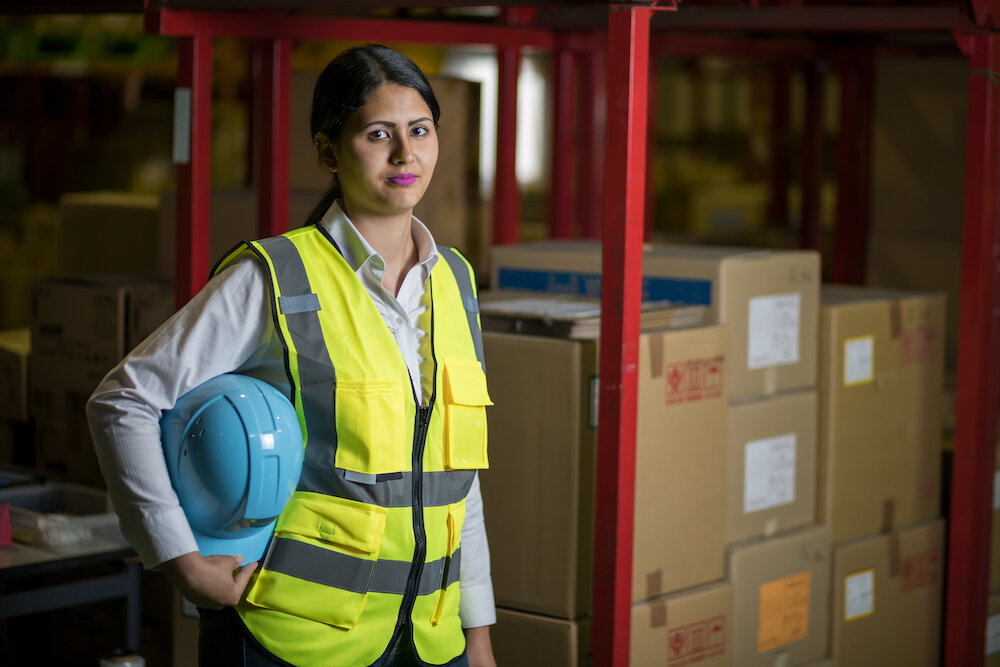The Manufacturing or Other Operations in Warehouse Regulations (MOOWR) is a comprehensive set of guidelines published by the Indian government to encourage foreign investment in the country. These regulations offer several benefits to international companies looking to establish manufacturing or assembly units in India. In this article, we list the main benefits of the MOOWR program for European companies.
Easier access to the Indian market
The MOOWR scheme can be an attractive option for international companies looking to enter the Indian market. It gives international companies the option of setting up manufacturing facilities in India in a straightforward manner, reducing their reliance on importing products or semi-finished goods and taking immediate advantage of the many favorable tax schemes available to international companies manufacturing in the country.
Deferral of payment of import duties
Under the MOOWR scheme, international companies can import raw materials, semi-finished and (capital) goods without paying import duties in advance. Import duties need not be paid until the finished goods are exported or sold domestically. The deferred payment of import duties can significantly reduce the initial capital costs for international companies, allowing them to invest more in their production activities during this initial phase.
Streamlined customs procedures
The MOOWR program simplifies customs procedures for importing goods into India for manufacturing or assembly purposes. Fewer documentation requirements apply, fewer physical inspections are required, and products have a faster clearance time. The simplified rules also allow international companies to reduce their administrative burden and operational costs.
Produce quickly and easily
Under the MOOWR scheme, international companies can carry out a wide range of manufacturing and other activities within bonded warehouses, including assembly, processing, packaging and testing. This means that there is no need to set up their own factory immediately, as the scheme allows international companies to lease or rent production sites within existing bonded warehouses or to set up their own bonded warehouse within the existing premises. This flexibility provides European companies with more control over their production processes because they do not necessarily have to outsource to a third party.
Exporting without barriers
MOOWR, unlike other schemes, does not impose specific export obligations when imports are made by the European company to India. This gives international companies more flexibility in their export plans and the ability to target markets where they see the greatest potential for growth and profitability. India's strategic location provides European companies with access not only to Asia, but also to Oceania. By establishing themselves in India through the MOOWR scheme, European companies can expand their reach and tap into new markets.
Find out here how you too can export capital goods to India advantageously under the MOOWR scheme to make your production processes more efficient.
Working together to grow faster in the Indian market
The MOOWR program promotes cooperation between European and Indian companies and creates opportunities for joint ventures, partnerships and knowledge sharing. European companies can benefit from the expertise, market knowledge and local networks of Indian companies, facilitating market entry and long-term expansion. Working together, European companies can gain a better understanding of Indian consumer preferences, cultural nuances and business practices so they can tailor their products and services accordingly.
India is one of the fastest growing economies in the world, and the MOOWR program provides a relatively easy way for European companies to take their first steps into the dynamic Indian market. The MOOWR scheme is attractive to all European companies wishing to set up manufacturing operations in India. Are you curious about the specific benefits for your sector or company?
Shashank Verma
Vice President of Supply Chain Management
This article was written in collaboration with vice president of Supply Chain Management, Shashank Verma.
Verma has over 22 years of experience in establishing business strategies, managing the supply chain of hundreds of European companies, establishing sound logistics in India and other related functions with a focus on revenue growth and profit maximization of organizations.





